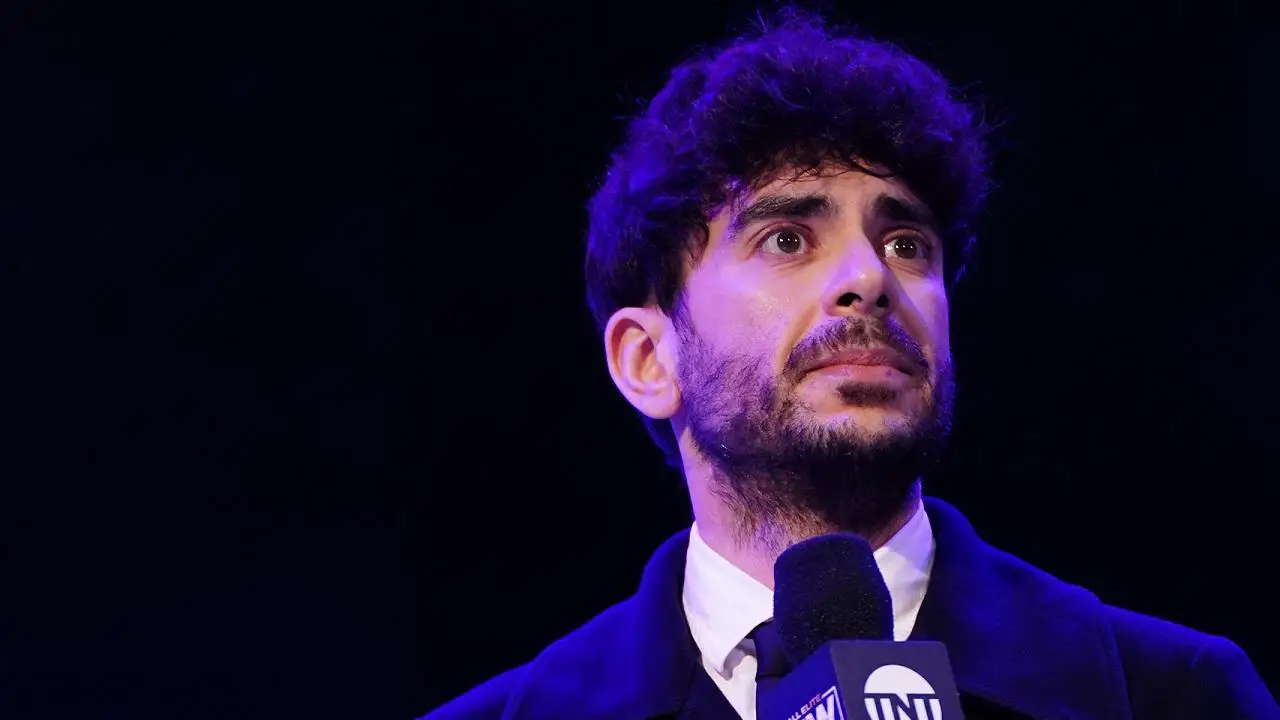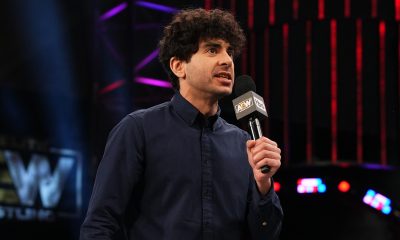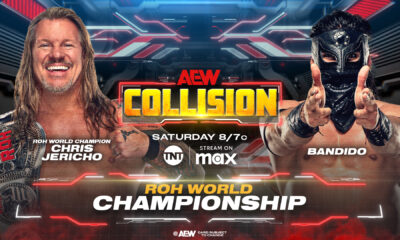
AEW President and CEO Tony Khan was recently interviewed by Entrepreneur.com, where he spoke about as well as revealed what are the differences between AEW and WWE. Khan said he doesn’t do cheap DQ match finishes to prolong something and that there are other wrestling programs, where the people might see multiple DQs and count outs in a week and he believes in giving the fans a finish to the match.
Khan also said he believes in never doing false-advertising outright and that is why he thinks that’s why they have a lot of goodwill with the audience. Tony Khan then said part of that is offering fresh matches and fresh programs and not doing the same matches 17 weeks in a row over and over again.
This is what Tony Khan said:
“There’s a lot of differences (between AEW and WWE).” “I don’t do really cheap DQ finishes to prolong something. There are other wrestling programs where you might see multiple DQs and count outs in a week. I believe in giving the fans a finish to the match. I believe in not false-advertising programs and people. I might hype something I really believe in, but there’s a big difference between hyping something and false-advertising outright, and I’ve never done the latter. I think that’s why we have a lot of goodwill with the audience.”
“Following through on the things you say you’re going to do and trying to deliver a show that’s in the spirit of what the fans want to see week in, week out and offering fresh matches and fresh programs is a big part of it. You know, not doing the same matches 17 weeks in a row over and over again.”
Khan also talked about being in a head-to-head battle on Wednesdays until it came to an end recently, and that was clearly the time where they just weren’t giving their fans what they wanted. The AEW CEO also said it was overwhelming and he promised himself he was going to work harder and to come up with his own ideas and that he would still solicit outside suggestions, but that Khan was only going to do stuff he really believed in, and he was going to be more meticulous.
This is what Tony Khan said:
“So at the end of 2019, we were in a head-to-head battle on Wednesday nights, and this went until very recently.” “And that was clearly the time where we just weren’t giving our fans what they wanted. We’d started with this great audience, and there were a lot of people with good ideas, but there were too many people, too many ideas, and there was just too much.”
“It was overwhelming. I promised myself I was going to work harder and come up with my own ideas. I would still solicit outside suggestions, but I was only going to do stuff I really believed in, and I was going to be more meticulous. I believe it made a big difference and we came back much more focused, much more organized and with a great response to our next several shows. From the end of 2019 to the beginning of 2020, the numbers turned around, and I was really proud of that.”
Khan then talked about the difficulties they faced when the COVID-19 pandemic suddenly hit of keeping their business going while also keeping his talent safe.
This is what Tony Khan said:
“We were doing the best business we’d ever done, and then the pandemic hit.” “All of a sudden we went from having our full roster to having less than 30% of them available. In the month of April, 29% of our roster appeared, and the 71% that did not appear included a lot of the biggest stars in the company. And with that 29% of the roster, we fought on. We did win the demo every week, but the ratings were tighter than I wanted. Every week was a dog fight.”
“For these tapings, I really felt like we had to keep the momentum going, but also so that we’ve fulfilled our obligations to our TV partner by producing new shows. The last thing I ever would want to do in this situation with everybody’s livelihood at risk is breach the TV contract. That is our lifeblood revenue stream. And so we taped enough wrestling matches to do up to six or seven weeks of Dynamite.”
“We kept the stories alive, found fresh ways to do it, and I was really proud of the way we literally put over a month’s worth of shows together in 15 minutes; the work held up. As an entrepreneurial object lesson, it’s trying to make the most out of what you have even if your resources are limited, and sometimes it’ll be your best work.”

















